A photoelectric smoke detector is a type of smoke alarm that uses a photoelectric sensor to detect the presence of smoke in an area. It is designed to provide early warning in case of a fire by sensing the visible particles produced by combustion.
How does a photoelectric smoke detector work?
The photoelectric and ionization smoke detector contains an LED (light-emitting diode) or a small incandescent light bulb that emits a constant beam of light. The smoke detector consists of a light source and a photodiode placed at an angle to each other, typically within a smoke chamber. Under normal conditions, when there is no smoke present, the light from the LED does not directly reach the photodiode. The absence of smoke keeps the detector in a quiescent state. When smoke enters the smoke chamber, the particles scatter the light from the LED. Some of this scattered light reaches the photodiode, causing a reduction in the received light intensity.
As smoke particles accumulate in the chamber, the reduction in light intensity reaching the photodiode triggers a response from the detector. The photoelectric smoke alarms are designed to trigger an alarm when the reduction in light intensity reaches a pre-set threshold. This threshold is carefully calibrated to differentiate between normal conditions and the presence of smoke. Once the threshold is crossed, indicating the presence of smoke, the smoke detector activates the alarm. The alarm can be an audible sound, a visual indicator (such as a flashing light), or both, depending on the design of the smoke detector. Batteries or direct electrical connections typically power photoelectric smoke detectors. In interconnected systems, when one detector senses smoke and activates the alarm, it can trigger other interconnected detectors throughout a building to sound their alarms simultaneously.
Advantages of photoelectric smoke detectors
Photoelectric smoke detectors offer several advantages over other types of smoke alarms. Photoelectric smoke detectors are highly effective at detecting smoldering fires, which are fires that produce a significant amount of smoke before bursting into flames. These types of fires can be slow-burning and produce dense smoke, making them difficult to detect with other types of smoke detectors. Photoelectric detectors can provide early warning, giving occupants more time to evacuate or take appropriate action. Photoelectric smoke detectors are less prone to false alarms compared to other types of detectors, such as ionization smoke detectors. They are less sensitive to common sources of nuisance alarms, such as cooking smoke or steam from bathrooms. This reduces the inconvenience and potential complacency caused by frequent false alarms.
Photoelectric detectors are particularly sensitive to larger smoke particles that are produced during the early stages of a fire. These larger particles scatter light more effectively, triggering the alarm sooner. This sensitivity makes photoelectric detectors well-suited for detecting smoldering fires, which often generate larger smoke particles. Photoelectric fire alarm can be used in various residential, commercial, and institutional settings. They are suitable for homes, apartments, offices, hotels, schools, hospitals, and other locations where reliable smoke detection is essential. Photoelectric smoke detectors are generally reliable and less prone to false readings caused by environmental factors like dust or humidity. They are designed to withstand normal environmental conditions and have a longer lifespan compared to some other types of detectors. Photoelectric smoke detectors are typically easy to maintain. They often have a self-check feature that alerts the user if the detector is not functioning correctly.



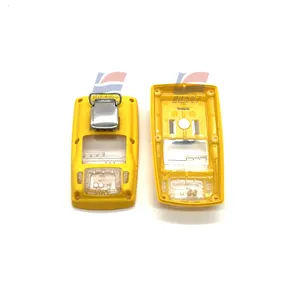







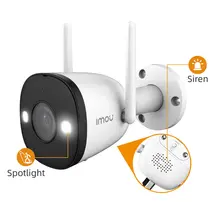



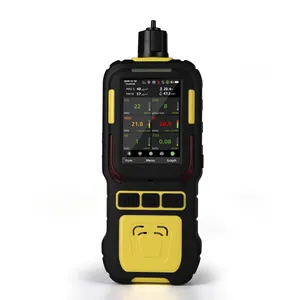




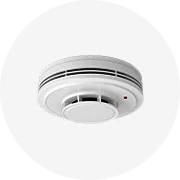



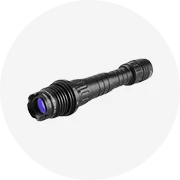










 浙公网安备 33010002000092号
浙公网安备 33010002000092号 浙B2-20120091-4
浙B2-20120091-4